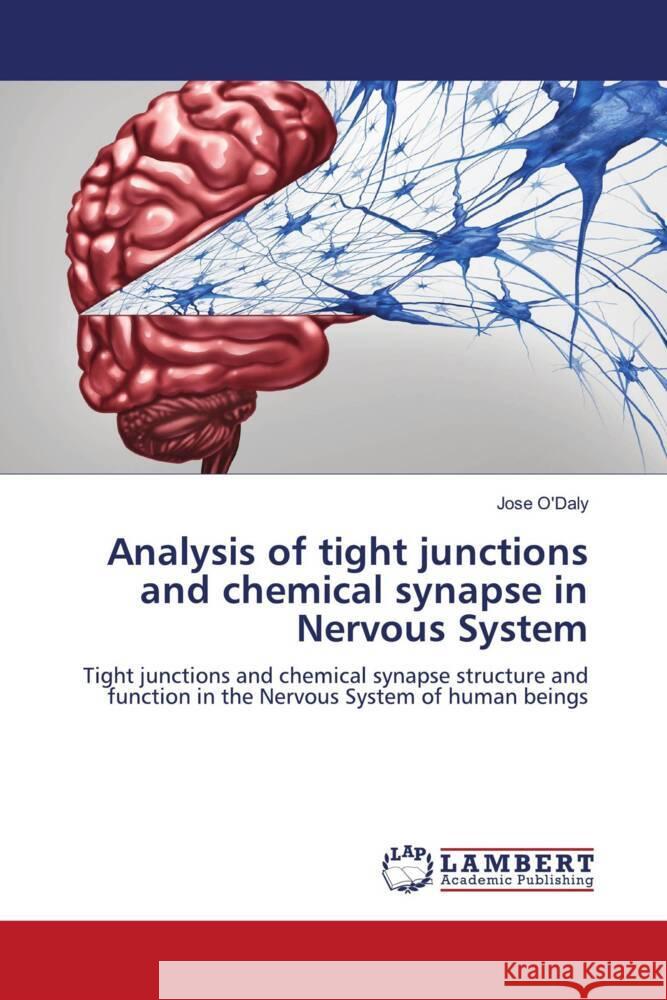Analysis of tight junctions and chemical synapse in Nervous System » książka
Analysis of tight junctions and chemical synapse in Nervous System
ISBN-13: 9786204203935 / Angielski / Miękka / 80 str.
Electrical signaling and synaptic communication are key in the nervous system. Efferent neurons take messages from the CNS to cells in the body, afferent neurons from the body and senses to the CNS. Action potential is generated by the (K+) and (Na+) across the axon's membrane. Neurons at rest have membrane potential of -70 millivolts. Chemical synapses, release neurotransmitters into the gap between two neurons interacting with receptors on the membrane of the postsynaptic neuron, triggering a response. Tight junctions (TJs) attach the presynaptic and postsynaptic membranes closer than chemical synapses, pass electric current directly, using Na+K+Atpases, work faster than chemical synapses. In brain microcirculation TJs control endothelial permeability between blood and CNS. The Blood Brain Barrier, at cerebral blood vessels, controls cerebral homeostasis. Pericytes, microglial cells, astrocytes and neurons regulate endothelial TJs forming the neurovascular unit (NVU). Cell surface receptors are in the plasma membrane of cells, acting in cell signaling. Dopamine deals with movement, in the learning areas with attention. The retina has more TJs than chemical synapses.











